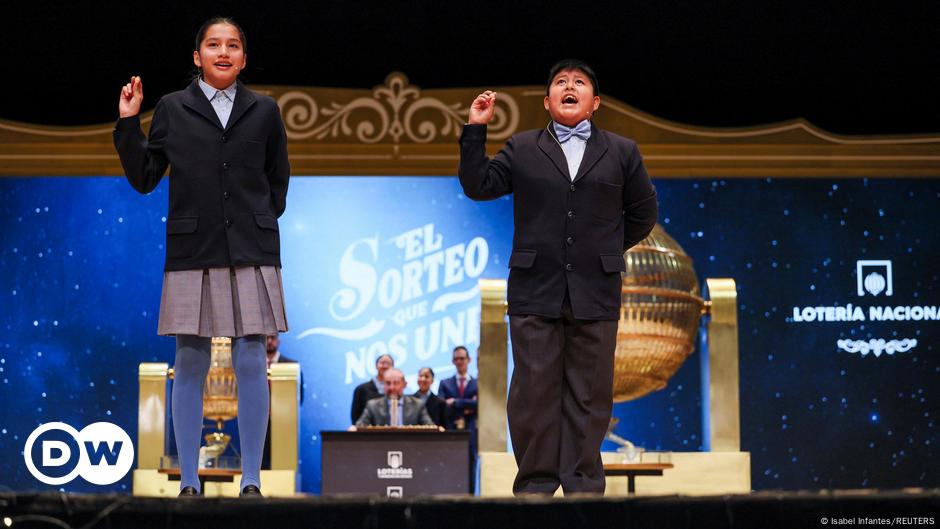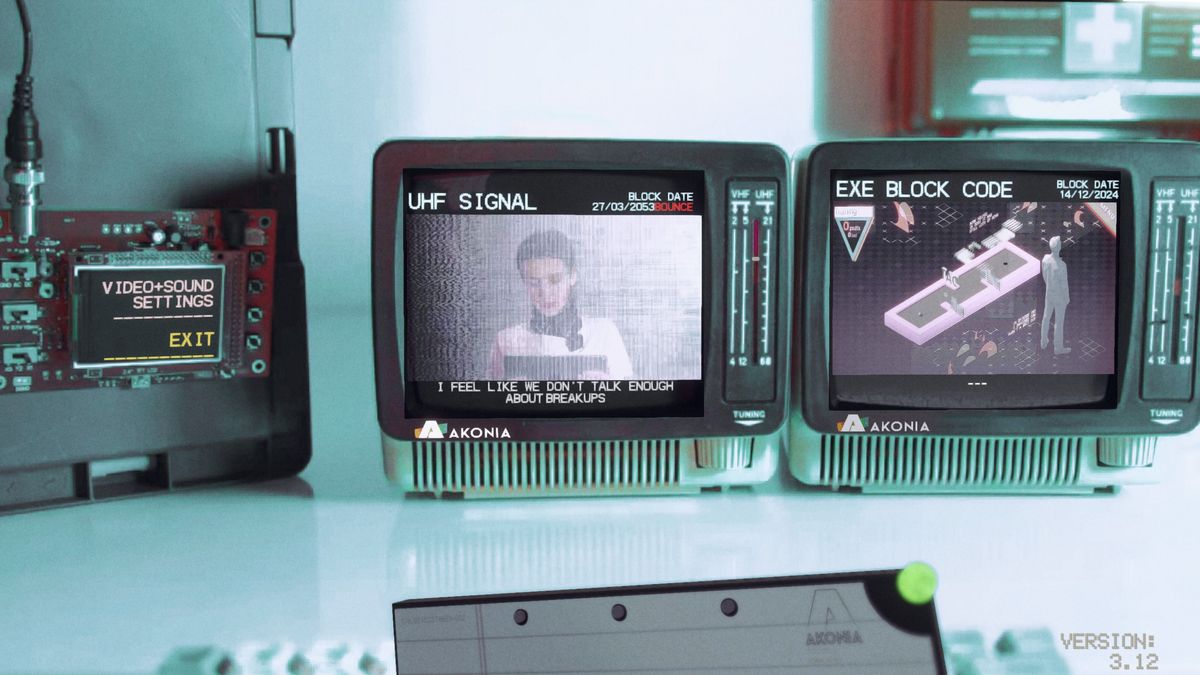Bussiness
The 5 red flags a chef looks out for when dining at a high-end Italian restaurant
Stefano Secchi, chef and owner of Rezdôra in New York, has many opinions when it comes to what differentiates a high-end Italian restaurant from a gimmick.
“I think this is probably a really easy topic for me,” said the chef, whose restaurant has held a Michelin star since 2021.
He travels back and forth to Italy often, so he recognizes what it means to cook the way Italians do and aims to bring that ethos into his own kitchen.
To that end, he said, there are loads of places that are “not even real Italian restaurants” but come across such and charge a high price tag.
So, to help you avoid paying a lot for food that sounds authentically Italian but may not be the best you’ll find, Secchi told Business Insider his top red flags for dining out.
Here’s how he differentiates the fabulous from the fugazi.
It’s never a good sign when a restaurant is serving out-of-season ingredients
fdastudillo/Getty Images
For starters, Secchi said, an automatic red flag is if something on the menu is not in season.
Caprese salad is a good example. Although it varies by region, tomatoes typically hit their peak seasonality in the summer months.
“If they’re serving tomatoes in the middle of, like, December or January, then you’ve probably got an issue, right? That’s probably not the right place to be,” he told BI.
Additionally, if the chef is serving a reduced balsamic condiment with that caprese, the restaurant is “probably even more the wrong place to be.”
A real aged balsamic has some viscosity to it, but it will drip and leave a trail. You don’t want a thick, goopy glaze with your caprese.
Over-saucing pasta is a big no-no
As Secchi put it: There are 20 regions in Italy, but regardless of which cuisine you’re cooking, pasta shouldn’t be drowning in sauce.
“That’s a huge red flag,” he said. “Because if you’re cooking high-end Italian, you know how to sauce the pasta correctly.”
It’s not a good sign if a restaurant focuses more on the sauce than the pasta itself.
The chef explained, “Think about a nonna rolling out pasta for two hours, three hours, for their family, right? And she’s taking forever to do this on a Sunday. She’s taking her time to make the pasta, she’s taking her time to roll it out, she’s taking her time to cut it — so the pasta is always the most important thing.”
“In Italia, we call the sauce a condiment — a condimento — that’s what goes with the pasta,” he added.
He said good Italian restaurants will try to show off their pasta and balance the sauce appropriately.
If the classics aren’t prepared and labeled properly, the restaurant is a hard sell for Secchi
Mats Silvan/Getty Images
Secchi said he’d also ask a server about menu items because a lot of restaurants “don’t know what they’re doing” and incorrectly name pasta dishes.
For example, he said, it’s not uncommon for restaurants to say they have a tortellini but serve something that’s the size of his thumb or bigger. That’s actually a tortelloni.
The kitchen is also “cheating” if it has fettuccine Alfredo or carbonara on the menu that’s being made with cream instead of the traditional Parmigiano and butter.
Pay attention to the bread course
In Secchi’s eyes, the presence of bread service isn’t what separates the good from the great. Instead, it’s the quality of the bread and what it’s served with if it does come to the table.
“If there is bread service, just taste the bread,” he told BI. “And taste what they serve it with because people will take shortcuts left and right with that.”
If the restaurant serves crappy bread with blended olive oil instead of the real deal or with margarine instead of butter, he’d probably pass on it.
Secchi said you can tell if a restaurant is serving blended olive oil (50% olive, 50% canola) based on the flavor profile.
“It’s something you can taste right away,” he said. If it’s dark in color but dull in flavor, it’s probably blended. But it’s a good sign if the oil is bursting with really rich and complex flavors and fragrances.
A quality Italian restaurant should have a proper coffee service
Feifei Cui-Paoluzzo/Getty Images
Secchi always orders coffee at the end of a meal. He said if a restaurant is not paying attention to its coffee, it may not be paying attention to the ritual of Italian dining.
Staff should be able to pull an espresso, coffee shouldn’t be watery, and it should not be served with packet sugars.
Coffee service is a final chance to leave a good impression on guests. If there’s no care taken there, Secchi said, it’s a sign a restaurant won’t care about the details anywhere else.










